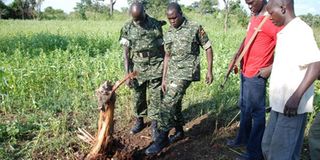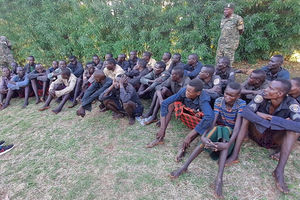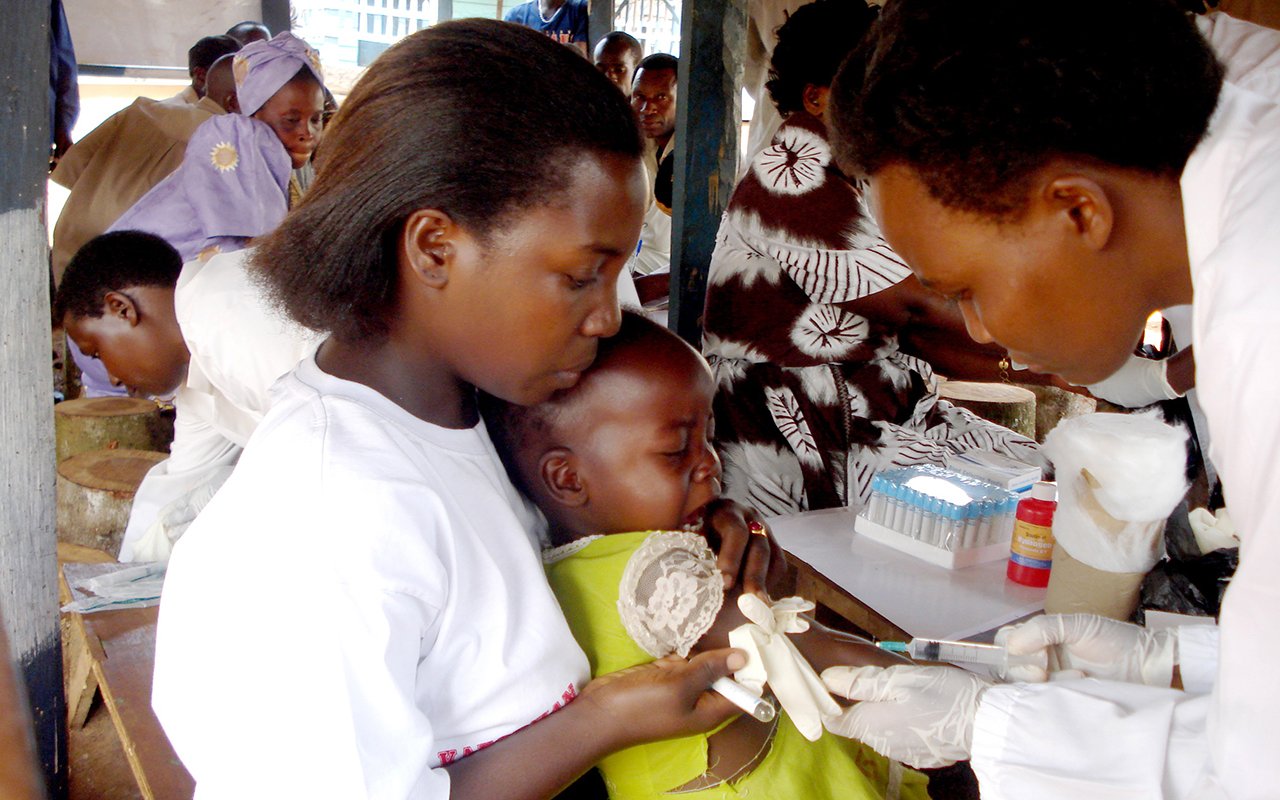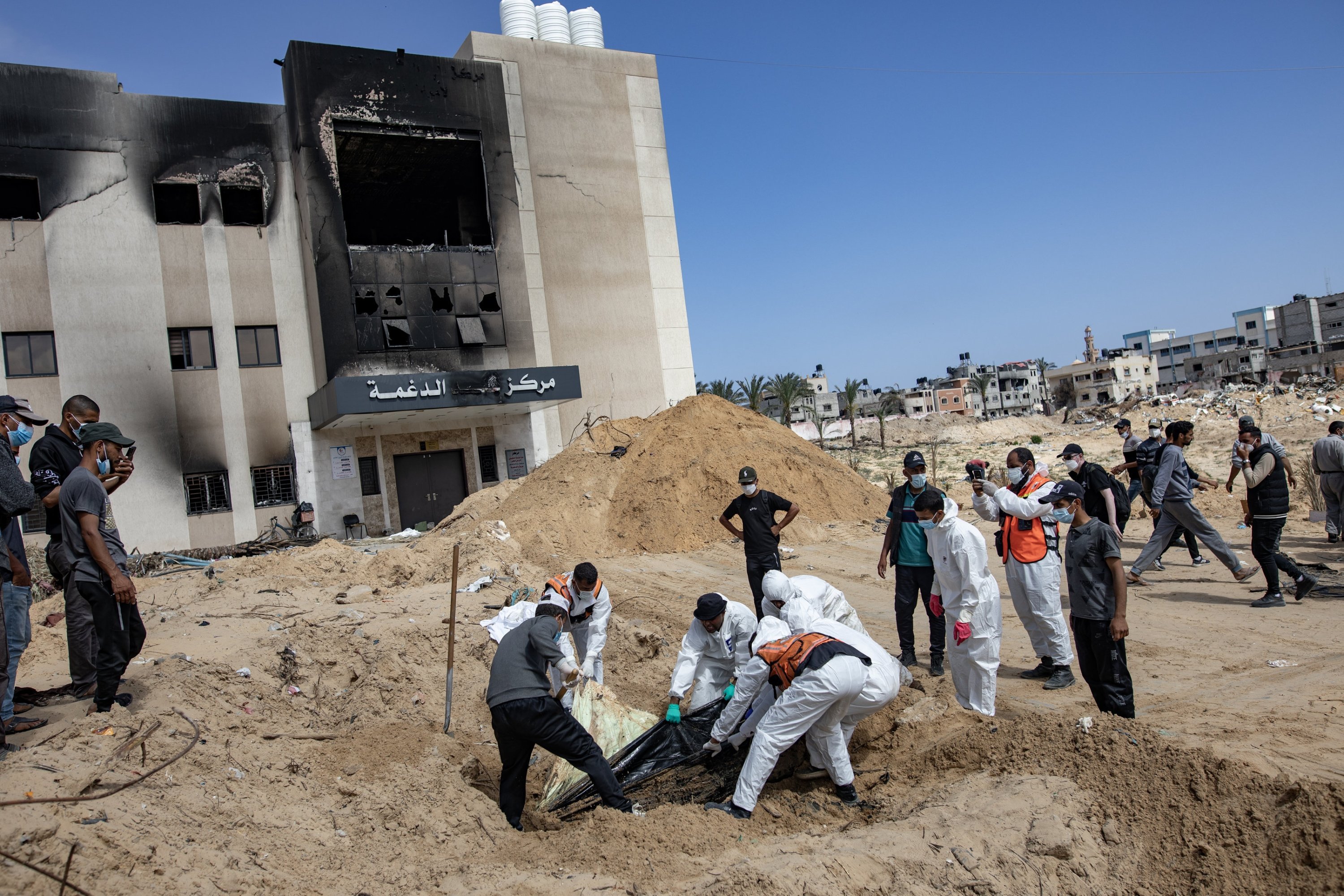Land mines, bombs disrupt farming in northern Uganda

UPDF officers examine one of the spots where a bomb was detonated in a simsim garden in Gulu District recently. PHOTO BY TOBBIAS JOLLY OWINY.
What you need to know:
- The Uganda People’s Defence Forces (UPDF) 4th Division public relations officer, Capt Lawrence Draga, says the responsibility of clearing the affected areas of unexploded ordnance falls under the docket of the Office of the Prime Minister (OPM) in conjunction with the Uganda Police Force.
- Residents and northern Uganda leaders have called upon the government to expeditiously remove unexploded ordnance from the affected areas to enable former internally displaced people settle down and engage in agriculture.
GULU. One morning in 2010, Esther Lakari, a resident of Panyul Village in Agago Sub-county, Lamwo District, set off to her farm to harvest food for her family. She had no idea that tragedy awaited her.
Lakari says she was walking to her garden when she had a blast and became unconscious. She later woke up at Kitgum Hospital to find her right leg amputated. She had stepped on a land mine that maimed her leg.
Lakari, a mother of five, was later abandoned by her husband and is now struggling to raise her children on her own.
Lakari’s case is not isolated in northern region which was ravaged by a two-decade Lord’s Resistance Army (LRA) insurgency.
Many other people have been injured while others have been killed by unexploded ordnance (UXOs) such as land mines, grenades, mortar and artillery shells.
These grim leftovers from the war between government forces and LRA rebels continue to ravage residents of northern Uganda several years after the LRA were defeated and fled to neighbouring DR Congo and Central African Republic.
Because of fear of being harmed by unexploded ordnance, many people have abandoned their gardens.
Residents and northern Uganda leaders have called upon the government to expeditiously remove unexploded ordnance from the affected areas to enable former internally displaced people settle down and engage in agriculture.
They say failure to urgently resolve the issue of unexploded ordnance is hindering recovery of the region where agriculture is the main economic activity.
They say cultivation of food crops is also being hindered, causing food shortage.
“Last year, I hired a big plot for cultivation but we have halted all the activities for fear of being hit by the land mines,” says Susan Amono, a resident of Koro Sub-county in Omoro District.
Ms Amono says she can start cultivating the land only after government has checked and declared it safe.
Kitgum Municipality MP Beatrice Anywar says: “There is need to have people’s land free from the UXOs, so that they can make use of it to carry on meaningful activities.”

Some of the UXOs that were detonated by fourth Division Combat Engineering Department . PHOTO BY JAMMES OWICH
In 2009, the government conducted a baseline survey to assess the needs of people in areas where LRA rebels operated and identifying service gaps in northern Uganda.
Disability-related services and potential providers in mine-affected districts were mapped but there is unsustainable support to victims.
Although international charity organisations provided support to the victims and also conducted UXOs sensitisation campaigns, they have since withdrawn from the region.
Local charity organisations, such as Landmine Survivors Association (ULSA), Casualties and Victims Assistance that are currently conducting education on unexploded ordnance and providing support for those injured unexploded ordnance, have called for assistance from government.
They say more financial help and other assistance are needed to rehabilitate those maimed by unexploded ordnance.
Mr Vincent Ocaya, a cultural leader in Pader Town, says government should take over from where international charity organisations stopped and continue educating people about land mines and other unexploded ordnance.
“They (UXOs) are in many cases discovered by children who mistake them for toys since they do not know. Unfortunately organisations that used to distribute UXO warning stickers everywhere are no more,” Mr Ocaya says.
The Uganda People’s Defence Forces (UPDF) 4th Division public relations officer, Capt Lawrence Draga, says the responsibility of clearing the affected areas of unexploded ordnance falls under the docket of the Office of the Prime Minister (OPM) in conjunction with the Uganda Police Force.
“As army, we can only come in when police calls us. We pledge our full support and we are always available on call,” Capt Draga says.
He adds that with instructions from the OPM, the 4th Division’s Tactical Field Engineering Unit together with Combat Engineering Department in Gulu have destroyed dozens of UXOs.




